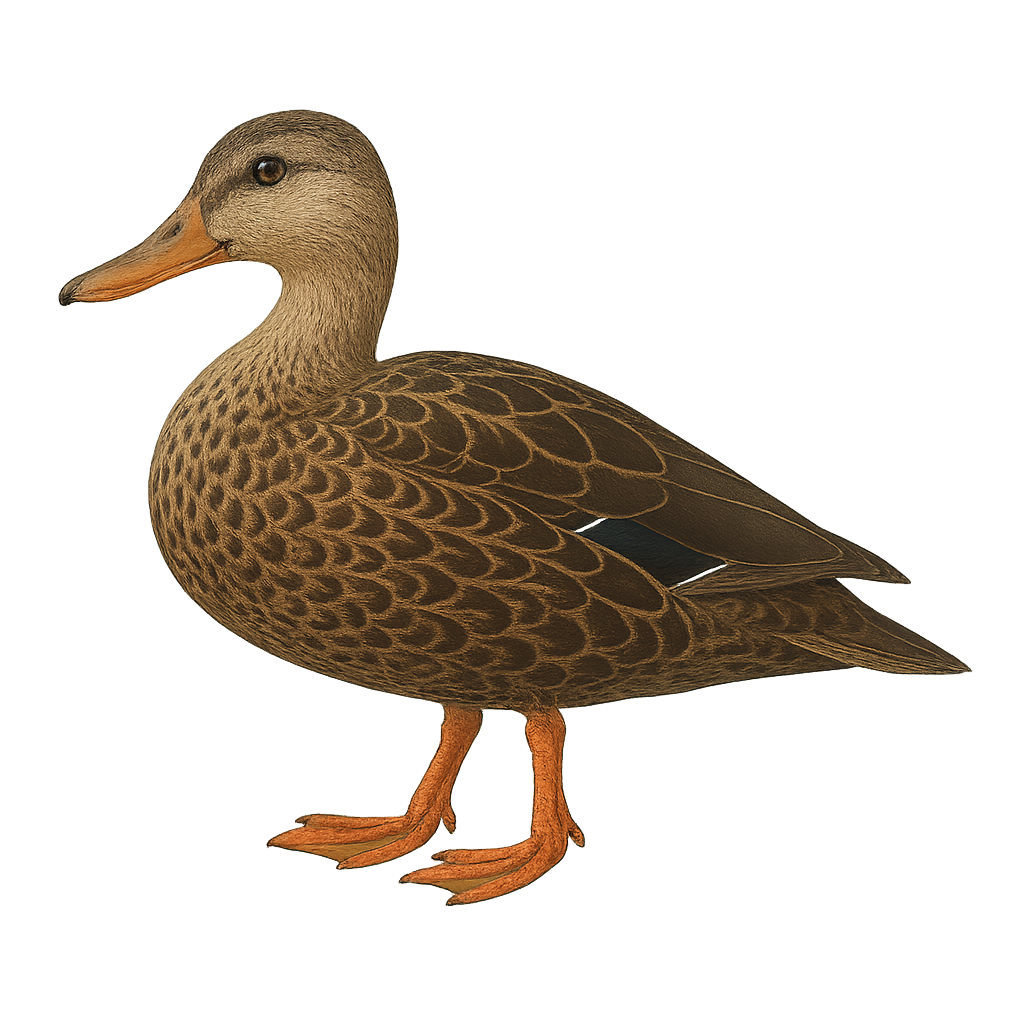Your wildlife photography guide.
Explore the mexican duck in detail, study its behavior, prepare your shots.
Where to observe and photograph the mexican duck in the wild
Learn where and when to spot the mexican duck in the wild, how to identify the species based on distinctive features, and what natural environments it inhabits. The WildlifePhotographer app offers tailored photography tips that reflect the mexican duck’s behavior, helping you capture better wildlife images. Explore the full species profile for key information including description, habitat, active periods, and approach techniques.
Mexican Duck
Scientific name: Anas diazi

IUCN Status: Least Concern
Family: ANATIDAE
Group: Birds
Sensitivity to human approach: Suspicious
Minimum approach distance: 10 m
Courtship display: June to August
Incubation: 25-27 jours
Hatchings: June to September
Habitat:
Lakes, ponds, slow-moving rivers
Activity period :
Primarily active during the day, with peak activity in the morning and late afternoon.
Identification and description:
The Mexican Duck, Anas diazi, is a dabbling duck species native to the southwestern United States and Mexico. It closely resembles the Mallard but is distinguished by its more subdued and uniform plumage, lacking the Mallard's characteristic green head. Both males and females look alike, which is uncommon among ducks. They favor aquatic habitats such as lakes, ponds, and slow-moving rivers. Their diet is varied, consisting mainly of aquatic plants, insects, and small invertebrates. Although their population is stable, habitat loss and hybridization with other duck species, particularly the Mallard, pose potential threats.
Recommended lens:
400mm – adjust based on distance, desired framing (portrait or habitat), and approach conditions.
Photography tips:
To photograph the Mexican Duck, it is advisable to use a telephoto lens of at least 400mm to capture detailed images without disturbing the bird. The best opportunities arise early in the morning or late in the afternoon when the light is soft and flattering. Look for calm water bodies where these ducks feed or rest. Be patient and discreet to avoid scaring them away. Using a tripod can also help stabilize the camera for sharp shots.
From knowledge to field practice
A species profile helps you understand an animal. In the field, the challenge is often different. Remembering your own observations.
The WildlifePhotographer app allows you to:
• record your personal observations
• note locations, dates, and behaviors
• revisit your field references over time
• build a private and long-term field logbook
The app does not provide observation locations.
It helps you organize what you actually observe, with respect for wildlife.

